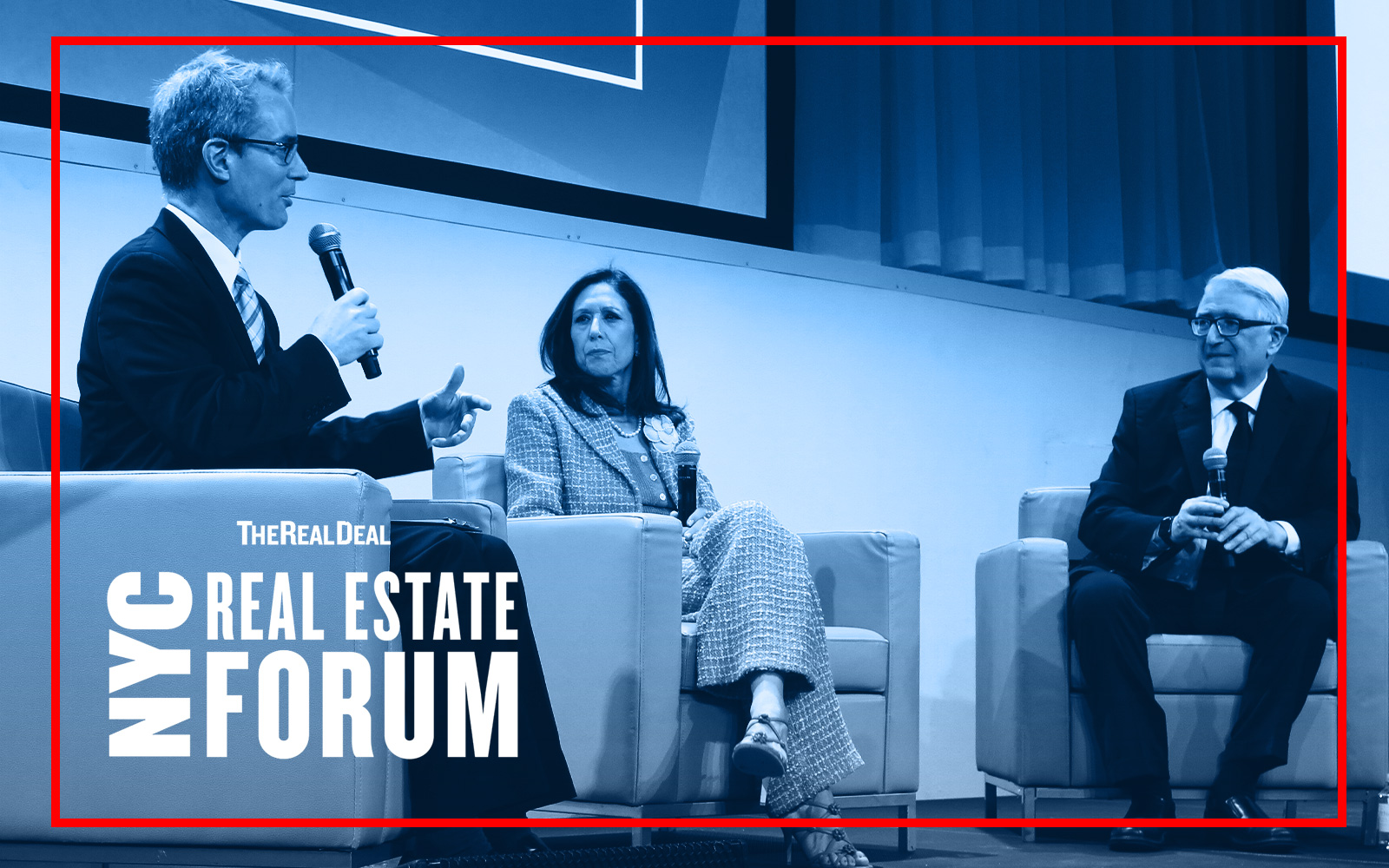Multifamily developers in Gowanus now have an alternative property tax break, but that does not mean they will take it.
Gov. Kathy Hochul on Tuesday announced that rental projects in the Brooklyn neighborhood that are in danger of missing out on lucrative tax break 421a will be able to apply for similar benefits. The state would temporarily take control of development sites and lease them back to the developers, but charge them less than what they would normally pay in property taxes.
But it won’t work for everyone.
Developers who have secured construction financing and aim to finish work in time to get 421a benefits are not likely to opt for a substitute that requires government approval. The additional legal costs and approvals associated with the program may also give developers pause. Some may even sit on their land for a few years and hope another as-of-right tax break comes along.
The new program may only make financial sense for larger projects, said Ofer Cohen, CEO of Brooklyn-based commercial brokerage TerraCRG. Though it is open to any project with more than 50 units, it may be most attractive to those with at least 150, he said. Hochul picked Gowanus because a 2021 rezoning intended to yield 5,000 market-rate and 3,000 affordable homes was undermined by 421a’s expiration last year.
The industry’s initial response to the governor’s plan has been lukewarm. Pro-housing groups, developers and real estate attorneys have described it as a welcome but incremental step. They were encouraged, however, that the governor responded after the legislature rejected her housing plan and passed very few housing bills before adjourning for the year.
“This was both strategic as well as tactical,” said real estate attorney Ken Fisher, who has defended the Gowanus rezoning against litigation. “She’s leveraging a rezoning that had broad support but she’s also showing the legislative leadership that she means business.”
Eli Weiss called the program “ice in the winter,” saying he doesn’t think developers will be clamoring to participate. That said, he said it sends a message to the Assembly and Senate that the governor is willing to take action without them.
“I think it is far from the ideal, but it was a very, very intelligent solution,” he said.
The 421a alternative could help developers find lenders for their projects, or provide a backstop for those who have financing but fail to meet the completion deadline — that is, get a temporary certificate of occupancy by June 15, 2026 — to receive the 35-year property tax break. Many lenders demanded a buffer, requiring developers to promise they would finish a year earlier than that.
“This is going to a lender and saying, ‘You don’t have to make an all-or-nothing bet on me,’” Weiss said. (Without 421a, project loans would face an elevated risk of default.)
However, changing course mid-construction could be difficult, if not impossible. Though the governor’s plan largely mirrors the expired 421a program, it includes additional requirements for hiring minority- and women-owned businesses — a difficult condition to meet for developers who already have contractors.
Cohen said he is hopeful the program creates momentum for replacing 421a. In the meantime, it could help deliver a chunk of the units promised by the Gowanus rezoning.
“From my perspective, it’s a great solution,” the brokerage leader said. “If you get 1,000 to 2,000 units, and in a year, year and half, there’s a new program, it stabilizes the housing production pipeline in this pocket.”
According to one analysis, because of New York City’s high property taxes on rental buildings, at least eight Gowanus projects totaling more than 3,500 apartments are in jeopardy without a tax break. It is not clear how many of them will opt for the governor’s plan.
Sam Charney, founder of Charney Companies, which along with Tavros Capital is building two projects on Douglass and Nevins streets in Gowanus, said in a statement that the governor’s plan “preserves the ability to provide thousands of units of affordable housing, easing some of the housing crisis in New York City and in the state.”
He did not indicate whether their projects will participate.
The governor announced her program at Powerhouse Arts on Third Street, next to RFR Holding’s massive development site at 175 Third Street. RFR did not respond to inquiries about whether it would seek the tax break for its 815-unit project.
Gowanus, given that its rezoning was premised on the creation of thousands of units of housing, was a politically obvious place to test an alternative to 421a. The state will also likely be able to use the environmental impact statement compiled for the rezoning rather than start from scratch. The plan already has the backing of a key local lawmaker, Sen. Andrew Gounardes.
The new program does not, however, help projects beyond Gowanus, such as Hallets North in Astoria, 250 Water Street in the Financial District or One45 in Harlem. It also does not address the future of projects where construction has not started, including Innovation QNS.
Another unknown is how these projects would be received by the Public Authorities Control Board, which includes members appointed by the Senate and Assembly. The board’s vote is limited to whether a project has sufficient funds, but board members could find wiggle room to reject projects disliked by the local state legislator.
“Financially sound,” said Fisher, “is in the eye of the beholder.”
Notably absent from Tuesday’s announcement were Democratic leaders of the Assembly and Senate, as well as a usual fixture at such events, Gary LaBarbera, who heads the city and state chapters of the Building and Construction Trades Council, a powerful umbrella group for construction unions. It is unclear how much should be read into these absences.
Assembly Speaker Carl Heastie and Senate Majority Leader Andrea Stewart-Cousins previously blamed the governor for failing to agree to a last-minute deal that included good cause eviction and extending the 421a construction deadline. During Tuesday’s event, Hochul chastised lawmakers for letting the tax break lapse, saying they brought “great momentum, all this energy, all this excitement” in Gowanus “to a screeching halt.”
“You could also view it as, if [Heastie and Stewart-Cousins] let this go through, and the world doesn’t end, it gives them standing to go back to their conferences and say, ‘We have to deal with this for the rest of the city,’” Fisher said.
LaBarbera has not commented on the program, but told TRD that his organization’s executive board would meet yesterday discuss it. Individual member unions of the group, including the New York City District Council of Carpenters, the Cement and Concrete Workers and the New York City District Council of Ironworkers, blasted the governor’s announcement.
“The legislature eliminated 421a and rejected her carbon copy replacement for a reason: It does not work,” the unions said in a joint statement. “Any real solution must include labor standards.”
Howard Slatkin, executive director of the Citizens Housing & Planning Council, said the governor’s executive actions show the need for action in Albany next year. Without buy-in from the legislature, the governor’s ability to push pro-housing initiatives is limited to “scraps,” he said.
“This isn’t additional housing. We’re just preventing housing from being taken away from us. This is a stop-loss measure,” he said of the Gowanus plan. “This is the best she can do without the legislature on board.”
Read more



